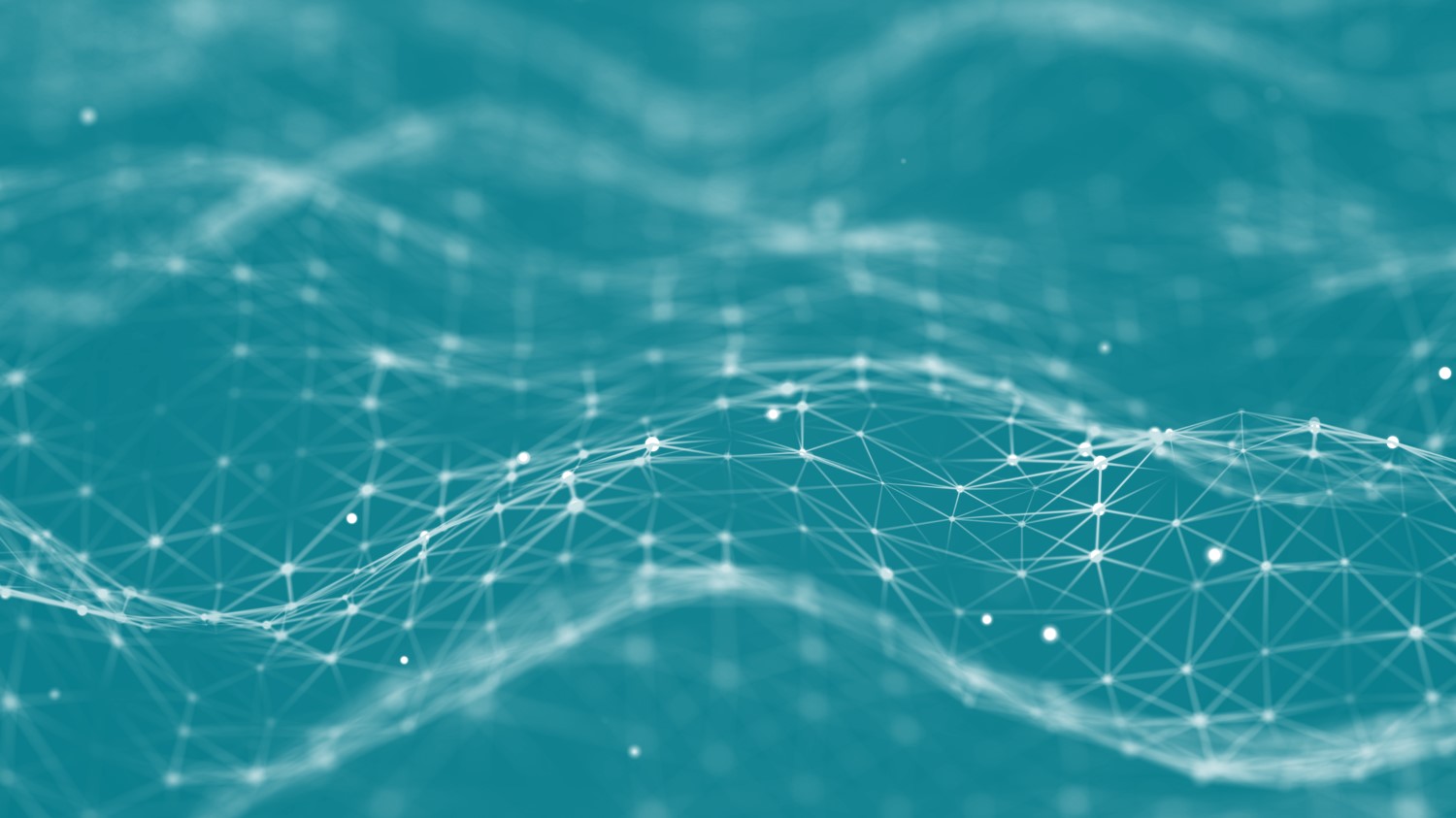Graphite KOS 3.0
2020 has been an unprecedented year for many of us as we adjust to the disruptions in our normal lives, including working from home, travelling less or not at all, and finding new hobbies and activities closer to home. While we’ve all had a lot of challenges thrown our way, Synaptica has been spending our 25th anniversary year continuously updating and improving our ontology management software, Graphite.
Synaptica’s Graphite is a software application for creating and curating Knowledge Organization Systems (KOS) based on Linked Data and Semantic Web standards. The KOS is stored in an RDF graph database (also known as a triple store). With Graphite you can quickly design, build, and manage enterprise Knowledge Organization Systems using an intuitive graphical user interface.
We have made a lot of additions and changes since the Graphite 2.0 release last year. Graphite 3.0 includes the same modern interface for managing vocabularies and new features extending what can be done with knowledge models.
Visualization & Hierarchies
Graphite 3.0 will provide you with new ways of looking at the world, or at least the part of the world you’ve modelled!
Graphite supports the hierarchical, thesaural, and ontological modelling of all types of controlled vocabularies. A hierarchical paradigm is very useful, but limits the information that can be portrayed. By using tree representations of an ontology, we lose other types of context inherent to using triples and graphs to model ontologies. With the surging popularity of knowledge graphs, we know there’s more than one way to view a hierarchical ontology. Graphite 3.0 provides new visualization tools for the creation and exploration of ontologies at the project, scheme, and concept levels.
Within Graphite, users are provided the appropriate permissions to view, edit, or administer schemes organized into projects. The Project Visualizer presents a structural view of projects and their inter-related schemes for a high-level, notional structure of an ontology. This view is great for modelling schemes and their intra-scheme and inter-scheme relationships before they are committed to use and populated with concepts. Thus, the Project Visualizer can be used as a powerful modelling tool allowing the ontologist to propose options and gain consensus among stakeholders. Likewise, the Scheme Visualizer allows you to start from a particular scheme and see the relationships within the scheme and to other schemes. The ability to view information for a scheme, hide unused relationships within and between schemes, and output the view as a PDF file creates powerful project and scheme level modelling and visualization tools.
For a more focused view, the Concept Visualizer starts with the concept and provides numerous ways to explore at the concept level. Controls allow for the ability to see concept information, the inclusion of collections, resource types, schemes, and templates, and many ways to open, close, and pin concept nodes. In addition, there are several ways to filter the view, including the ability to include or exclude relationships, schemes, collections, and concept status, and search for exact label matches within the view.
Reporting & Batch Editing
While many of us may not have the opportunity to discover new places, Graphite 3.0 has improved the way we discover information. Advanced Search has been enhanced to perform better and to support multiple combinations of relationship and property filters. Now you can build an advanced query nearly as sophisticated as you can using SPARQL.
Speaking of discovering new places and new ways to see things, we’ve also added functionality to our Saved Query and Report area, including saved queries and report history. Similarly, search results can be sent to the Batch Editor using the Batch Edit Search Results button to perform changes across many concepts within and across schemes, including the ability to move concepts between schemes using the Transfer function.
Move and Copy Concepts Between Schemes
Just because most of us are on lockdown doesn’t mean your concepts have to be.
Typically, the concepts in a taxonomy, a taxonomy facet, or an ontology scheme are mutually exclusive. In other words, they have a single definition and do not belong in more than one location in more than one scheme. However, there are cases when it may be necessary to move concepts to provide a more suitable location, copy concepts between schemes to allow them to be polyhierarchical within or between schemes, or as part of a workflow in which concepts are moved from a staging scheme of candidate terms to their final location.
Graphite 3.0 provides the ability to move or copy a single concept between schemes using drag and drop within the hierarchy view of the left-hand Discovery Panel. It is also possible to move one or more concepts using the Transfer button in the concept or in the Batch Editor.
Single Sign-On (SSO)
As more people work remotely, security becomes a bigger concern. Although concepts in Graphite don’t need to be on lockdown this doesn’t mean the system and its permissioned users should not be secured.
Graphite 3.0 includes Single Sign-On (SSO) integrations with Okta, OneLogin, O365 Active Directory, and other SSO providers supporting SAML 2.0. SSO may be configured by system administrators directly within the UI.
Confluence Connector
Finally, the Graphite 3.0 Confluence Connector API brings added features to the out–of–the–box tagging functionality within the Atlassian Confluence wiki. It is now possible to copy page tags and show shared tags, display properties and Linked Data content in concept hover panels, configure one or more Confluence spaces to include filters by relationship, concept status, and collections, and suggest ontology concepts during page tagging.
The seamless integration with Confluence adds a whole new dimension for knowledge management and tagging using ontologies from Graphite. Pages created in Confluence can be viewed in the Graphite UI along with their tags, providing concept workflow inside the Graphite interface.
Even in lockdown, Synaptica strives to improve and expand the functionality of Graphite, and we welcome you to explore, remotely, Graphite 3.0.












